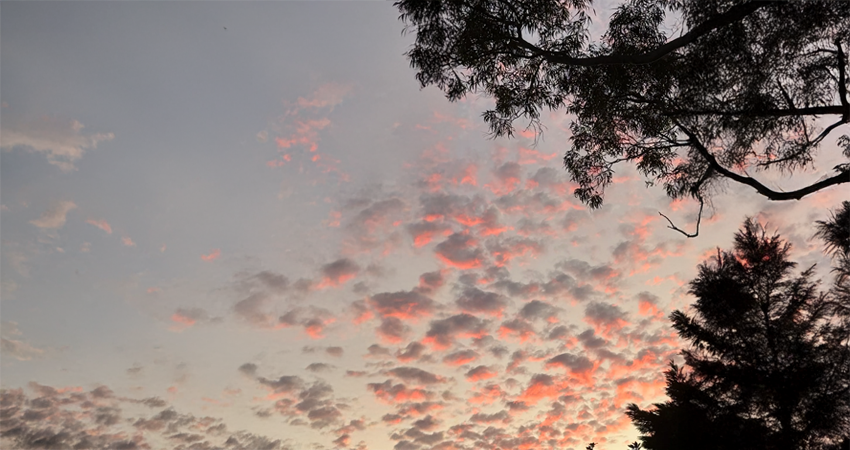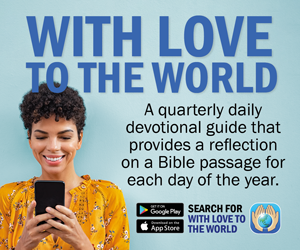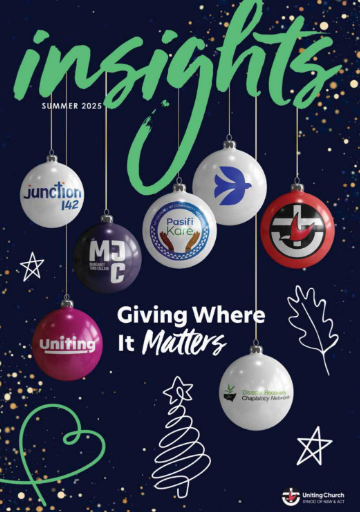Becoming students in bleak times
“In a dark time, the eye begins to see” wrote poet Theodore Roethke.
If this is true, then our hope is that new creative ways of seeing and behaving might open up to us in these troubled times.
At Easter my faith tradition weaves threads of hope within the story it tells. There is hope in the determined persistence of goodness and beauty. But there is also a deep awareness of pain, suffering and darkness. This however is not necessarily something to fear or runaway from. That’s because (in the mystical tradition) reality is seen as an interplay between light and dark. We remember a man who suffered immensely because of love. His suffering reveals the evil we are capable of –we gaze upon the one we have pierced – but also unveils the unstoppable life that erupts through the cracks of our everyday existence.
How can we better hear and learn more stories of hope that go beyond the simplistic? I’ve given up believing that we can stop evil and dangerous times from happening to us all. Like Rilke, I believe that we let “beauty and terror” happen. And like most mystics, I realise the inevitability of terror in our world – and that it eventually passes. This means a life lived beyond the binaries of good and bad. So we perceive darkness in light and light in darkness. All things are accepted. That doesn’t mean living passively, or inaction or becoming martyrs. But it does require us to let go of control and learn to die before we die. A stripping back happens so a new imagination can emerge.
Instead of pushing away the darkness – and yes, there are times that we do need to do this – how do we learn to see in the dark and let it be our teacher? What new opportunities and possibilities could open for us humans and non-humans as we unlearn and relearn new pathways in the dark? What does it look like to become a student in dark times? In his book The Insurmountable darkness of love Douglas E. Christie writes about this possibility;
We may yet cultivate a way of seeing that is simple and penetrating but rooted in openness and courage, that calls into question narrow and constricting categories of thought to arrive at a more capacious and compassionate vision and practice.
Christie mentions Dionysius the Areopagite who called this a “brilliant darkness” and writes;
Darkness subverts the all-too-common inclination to determine (or overdetermine) reality to fit our own narrow understandings of things. It invites instead a way of seeing rooted in simplicity, humility and awe.

Could it be that as students in dark times we are more open to revel in awe and learn humility? Can we as humans adjust to a more humble way to live? Would we find it humiliating? As we do this -play in the dark- new landscapes will open up before our eyes as they adjust to the darkness. In corporate speak this will be called “a solution” to our troubles times, which is somewhat true, yet we keep at the front of our minds the permanent intermingling of beauty and terror in our world.
Rev. Dr Karina Kreminski, Mission Catalyst – Formation and Fresh Expressions, Uniting Mission and Education. Karina also blogs at An Ordinary Mystic






